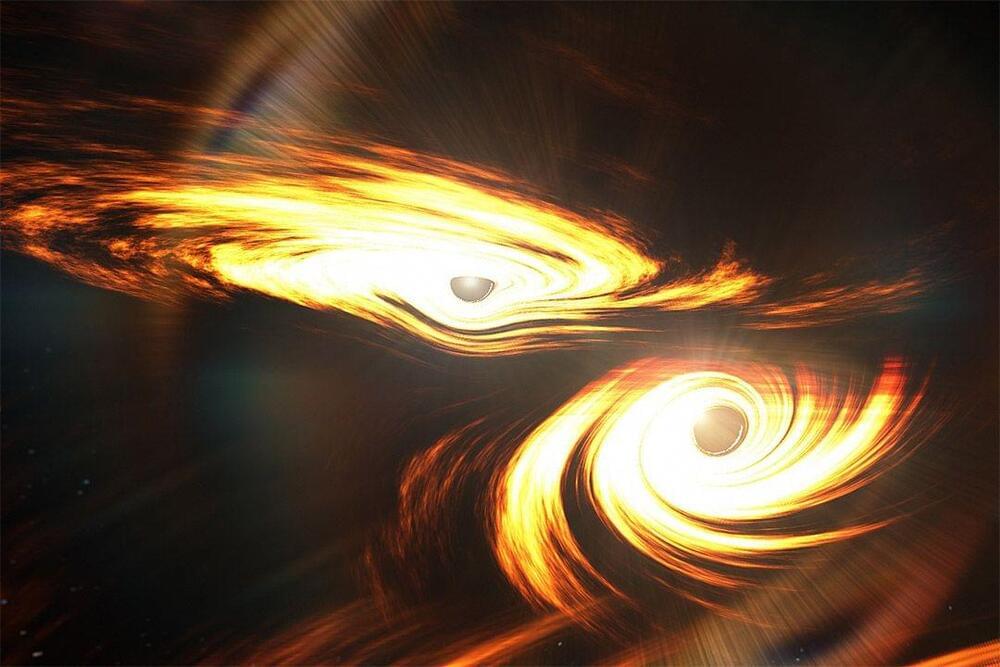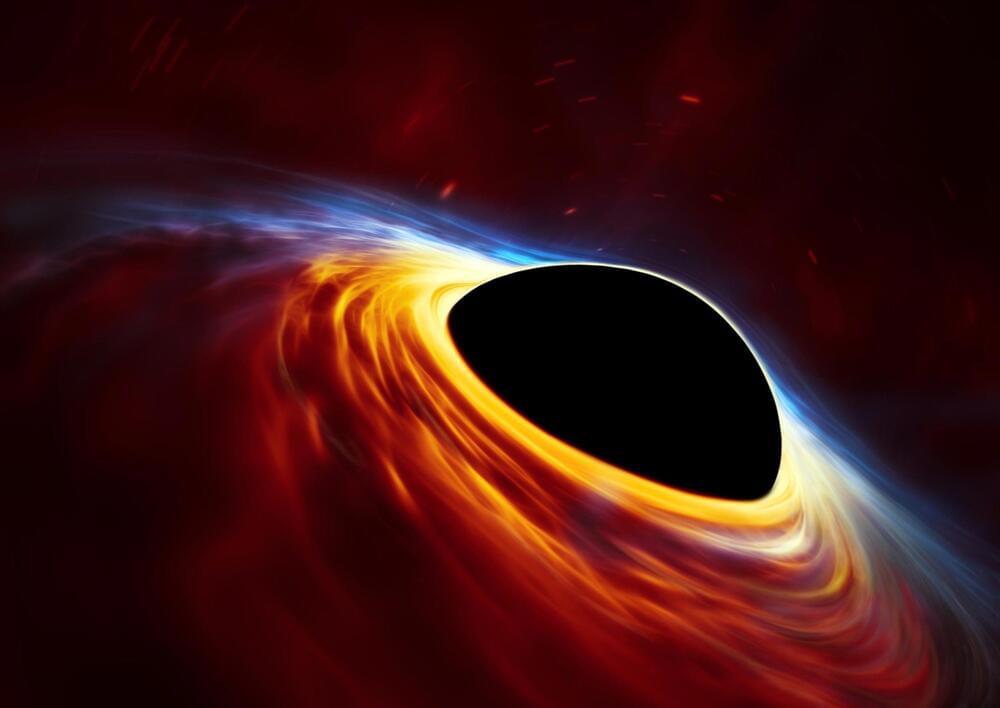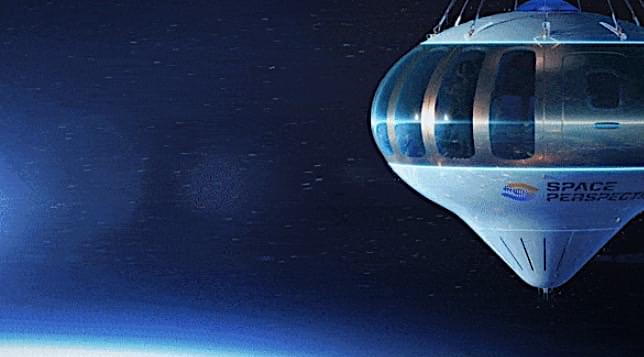Using hundreds of computer simulations, the researchers found that the gravitational wave signals from GW150521 are best explained by a high-eccentricity, according to the statement.
The study also sheds new light on how some of the black hole mergers detected by the Laser Interferometer Gravitational-wave Observatory (LIGO) and its European counterpart, Virgo, are so much heavier than previously thought possible. Their findings were published Jan. 20 in the journal Nature Astronomy.






